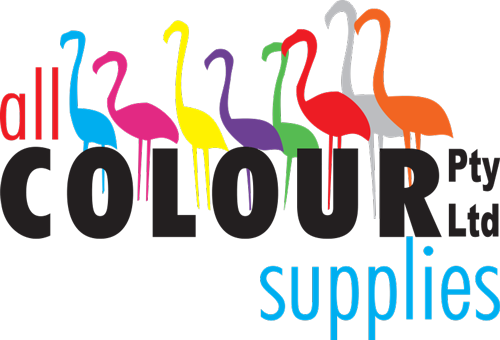Natural food colour is any dye, pigment or substance that comes from vegetable, animal or mineral that imparts colour to food, pharmaceuticals, and other materials. These natural colours come from a range of sources such as plants, plant roots, seeds, fruits, vegetables, algae, insects, grasses, beets, carotenoids, caramels, turmeric etc.
Colourants are categorised as pigments or dyes. Dyes are soluble in a range of solvents which includes water. Pigments on the other hand are not soluble. Pigments when in a liquid phase are called dispersions. Pigments have opacity and scatter light while dyes on the other hand tend to range from transparent to translucent and do not scatter light.
A lake pigment is a pigment made by precipitating a dye with an inert binder, or mordant, usually a metallic salt. Unlike iron oxides, ultramarines and other pigments made essentially from ground minerals, lake pigments are organic. The word lake is frequently omitted by suppliers of lakes to artists and industry in general so care should be taken to check the technical data supplied by pigment manufacturers.
FD&C” means that the colorants have been approved by the United States Food and Drug Administration for use in food, drugs and cosmetics. “D&C” signifies the colours can be used in drugs and cosmetics, but not food.
Pearlescent pigments are normally based on mica platelets but can also be based on silica and alumina platelets. Most common base though is mica or more specifically mica platelets. These mica platelets are coated in titanium dioxide, iron oxides or other metal salts. They can be classified either as synthetic or natural depending on the coatings. The mica itself can also either be either natural or synthetic. They can be used in coatings, plastics, printing inks and food. Common food applications include cake decoration, gums, candies, beverages, and chocolate. The lustre effect of these pigments occurs as the pigments are basically translucent and reflect light because of the smooth platelets. Light reflected from these platelets creates a sense of depth and a lustre that varies with particle size-smaller particles impart a satin sheen while larger particles tend to create more sparkle or glitter. Some pearlescent pigments are iridescent showing luminous colours that seem to change when seen from different angles. Almost all pearlescent pigments are non-reactive and non-toxic. Technical data should however always be checked prior to use.

